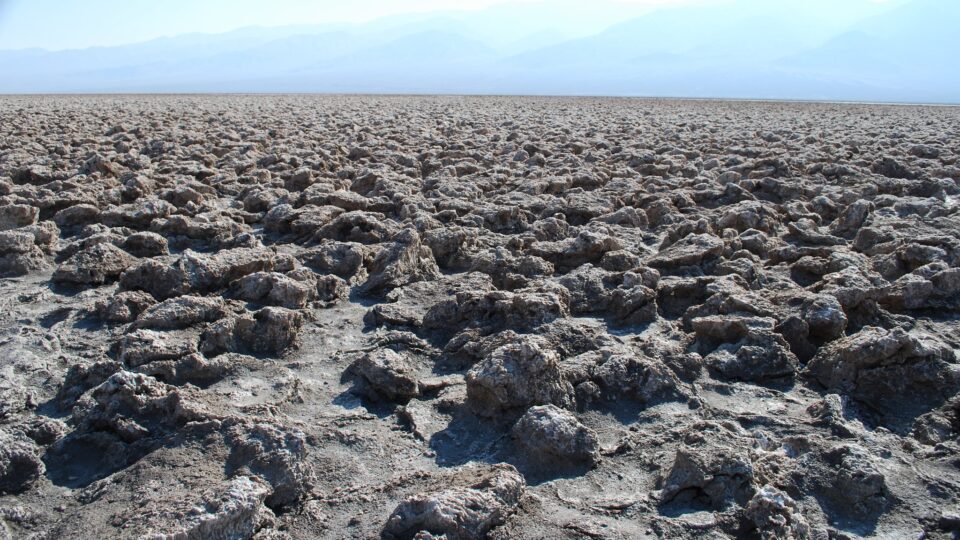Early in July – for four days in a row – the average global temperature was the highest ever recorded. As many places around the world endured dangerous heatwaves, the average global temperature on the fourth of July reached 62.92 degrees Fahrenheit, the highest ever recorded by human-made instruments. On July 6th, the global temperature climbed even further to 63.01 degrees.
The average global temperature on an annual basis was about 56.7 degrees from the 1880s through the 1910s. Temperatures rose a bit after that but ended up about 57.2 degrees until the 1980s. After that, temperatures have risen fairly steadily as heat-trapping gases have accumulated in the atmosphere driving the current average above 58 degrees.
Global temperatures have only been directly measured since the mid-20th century. There are proxy measurements from sources like tree rings, ice core samples, glacier measurements, and more that indicate that the recent readings may be the warmest days the earth has seen in millennia.
Average global temperature is determined using temperature readings at thousands of locations on both land and sea across the entire planet. Those readings are compared with average temperatures at those locations for the date and the difference (known as the temperature anomaly) used to calculate a global average.
With the recent arrival of the El Niño in the Pacific Ocean, it is likely that the warming already being driven by greenhouse gas accumulation will intensify further.
In a summer already marked by extreme heatwaves in many locations, having the entire planet 4 or 5 degrees hotter than normal is a very big deal and most certainly not a record to celebrate.
**********
Web Links
Earth reaches hottest day ever recorded 4 days in a row
Photo, posted October 29, 2008, courtesy of Darek via Flickr.
Earth Wise is a production of WAMC Northeast Public Radio



















